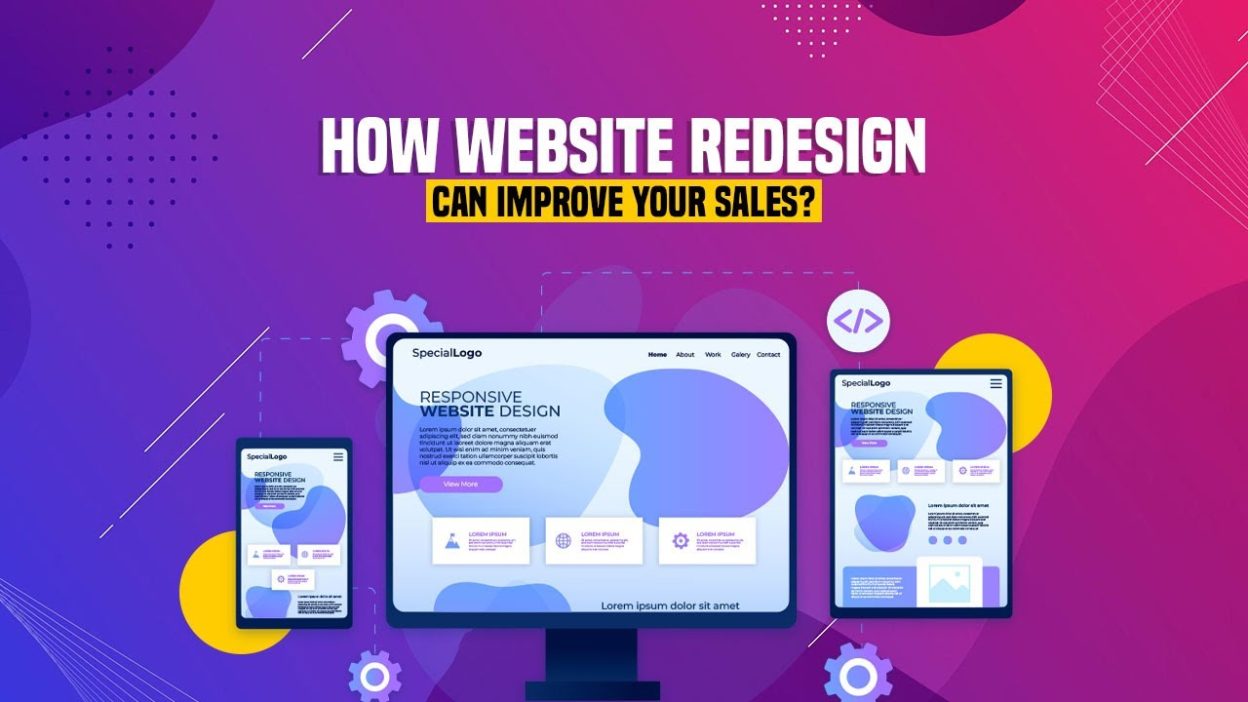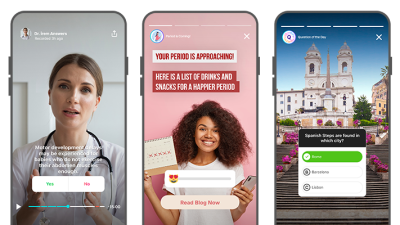Introduction
In today’s digital-first economy, your website is often the first — and most important — touchpoint for potential customers. A poorly designed site can drive users away, while a well-optimized one can dramatically boost engagement and revenue. This case study explores how a strategic website redesign increased sales helped a mid-sized e-commerce brand by 50% in just four months.
We’ll walk through the challenges, the redesign process, the tactics used, and the measurable outcomes that made this transformation a success.
1. Background: The Brand and Its Challenges
About the Business
- Name: EcoGlow (fictional name)
- Industry: Sustainable skincare
- Target Audience: Eco-conscious millennials and Gen Z
- Business Model: Direct-to-consumer e-commerce
Initial Website Issues
Before the redesign, EcoGlow’s website faced several challenges:
- Outdated design and branding
- Poor mobile responsiveness
- Slow load times
- Confusing navigation
- Low conversion rates
- High bounce rate
- Weak SEO performance
Despite having a loyal customer base and quality products, the website was underperforming and failing to convert traffic into sales.
2. Goals of the Redesign
The redesign project was initiated with clear objectives:
- Improve user experience (UX) and interface (UI)
- Increase mobile usability and performance
- Strengthen brand identity
- Optimize for conversions
- Enhance SEO and organic traffic
- Integrate analytics and tracking
3. Strategy and Planning
User Research and Analytics
- Conducted heatmaps and session recordings
- Analyzed Google Analytics for drop-off points
- Surveyed existing customers for feedback
Competitive Benchmarking
- Studied top-performing skincare websites
- Identified trends in layout, product presentation, and checkout flow
Design Goals
- Clean, modern aesthetic aligned with sustainability
- Mobile-first design
- Streamlined navigation and product discovery
- Clear CTAs and trust-building elements
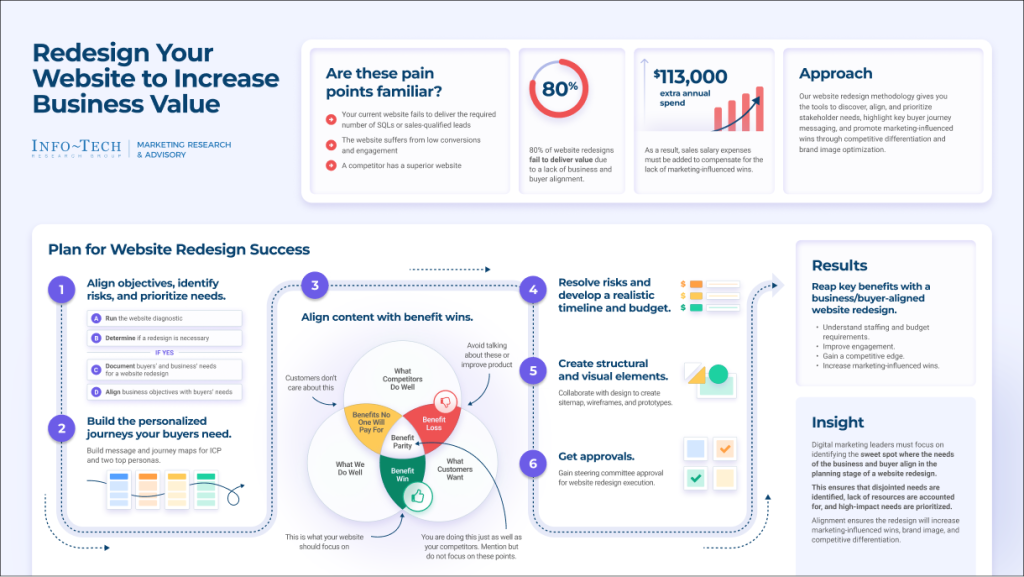
4. Key Changes Made During the Redesign
1. Visual and Brand Overhaul
- Introduced a minimalist design with earthy tones
- Updated logo and typography for a modern, eco-friendly feel
- Added lifestyle imagery and product videos
2. Mobile Optimization
- Implemented responsive design across all devices
- Simplified mobile navigation and checkout
- Optimized image sizes and loading speed
3. Improved Site Architecture
- Reorganized product categories
- Added filters for skin type, ingredients, and concerns
- Created dedicated landing pages for campaigns
4. Conversion-Focused Design
- Added sticky “Add to Cart” buttons
- Integrated product reviews and ratings
- Used urgency tactics (limited-time offers, low stock alerts)
- Simplified checkout process to 2 steps
5. SEO Enhancements
- Optimized meta tags, headers, and alt text
- Improved internal linking structure
- Added schema markup for products and reviews
- Created blog content targeting long-tail keywords
6. Performance Optimization
- Minified CSS and JavaScript
- Enabled browser caching and lazy loading
- Reduced server response time with CDN integration
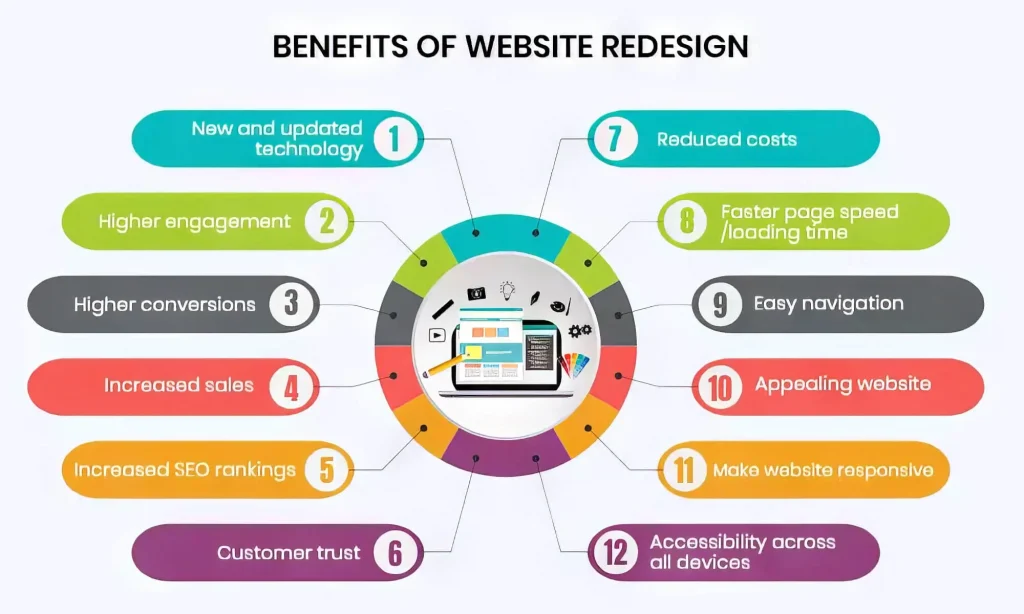
5. Results and Impact
Sales Growth
- Before Redesign: Avg. monthly revenue: $40,000
- After Redesign: Avg. monthly revenue: $60,000
- Increase: 50% growth in sales
Conversion Rate
- Improved from 1.8% to 3.2%
Mobile Engagement
- Mobile traffic increased by 35%
- Mobile conversions increased by 60%
Bounce Rate
- Dropped from 62% to 38%
Organic Traffic
- Increased by 45% due to SEO improvements
Customer Feedback
- Positive reviews on ease of navigation and checkout
- Increased repeat purchases and referrals

6. Lessons Learned
✅ UX Drives Conversions
A clean, intuitive interface encourages users to explore and buy. Small changes like sticky CTAs and simplified forms made a big difference.
✅ Mobile Optimization Is Crucial
With most traffic coming from mobile, responsive design and fast load times were essential.
✅ SEO Is a Long-Term Investment
Organic traffic grew steadily post-launch, reducing reliance on paid ads.
✅ Trust Elements Matter
Reviews, badges, and social proof helped overcome hesitation and build credibility.
✅ Data-Informed Design Wins
Using heatmaps and analytics guided decisions that directly impacted performance.
7. Future Plans
Following the success of the redesign, EcoGlow plans to:
- Launch a loyalty program
- Add subscription options for recurring purchases
- Expand blog content and influencer collaborations
- Introduce personalized product recommendations
Conclusion: Design That Delivers Results
This case study highlights how a thoughtful website redesign can transform a brand’s digital presence and bottom line. By focusing on user experience, mobile performance, and conversion optimization, EcoGlow turned its website into a powerful sales engine.
Whether you’re a startup or an established brand, investing in your website’s design and functionality can yield significant returns — not just in aesthetics, but in real, measurable growth.

